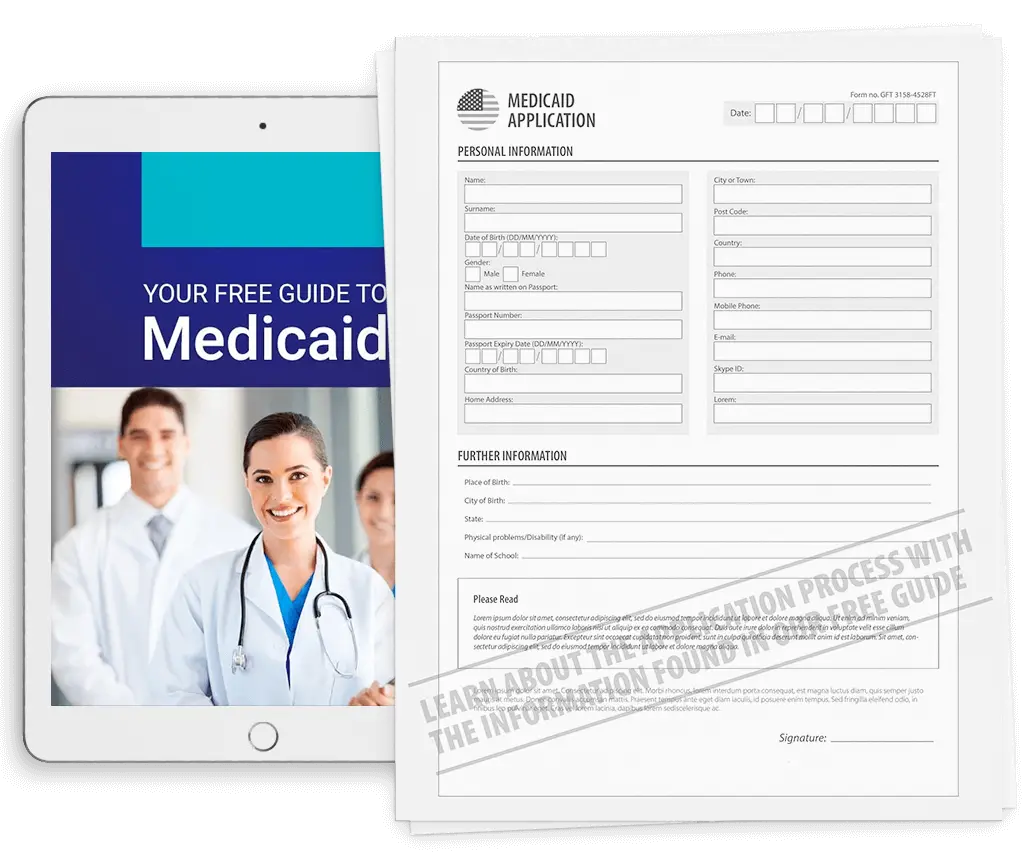There are plenty of educational resources available to people who are unemployed. The theory to this is quite simple, really. If you can’t find a job in your chosen field, then perhaps you can receive training and acquire another field. Free education is meant to provide more opportunities to people who are unemployed or under-employed.
What’s your (new) calling? First, determine what it is that you’d like to learn. Perhaps you would be learning the next step in a field that you are already familiar with. For instance, you already have the basics of web design. Why not take it a step further? In addition to design, you can learn online billing so that your clients can sell directly to customers through their websites. Or perhaps you’d like to try a different field altogether. Is there something you’d been interested in before but never got the chance? Well, now might be the time to expand your horizons.
First, apply for unemployment benefits. Once you’ve been placed in the system, it will be easier for you to take advantage of other programs out there. Just remember to keep all of your paperwork handy. When you go to a college or trade school, bring proof of your enrollment in unemployment.
There are likely plenty of training programs available through your unemployment office. These are often quick training programs on select fields, such as learning HTML coding. They also offer education on such services as writing resumes and performing well on interviews.
Research training programs online. There are government assistance programs that will provide money for education, such as:
The Workforce Innovation and Opportunity Act: This was crafted to provide training for eligible workers.
Trade Adjustment Assistance: This was made available to workers whose job loss was the result of increased foreign imports or of their job being shipped overseas.
Dislocated Worker/Rapid Response: This program may offer additional help for laid off workers who are transitioning in their career.
If you’re thinking of going back to school full-time, there are a few government programs to make it easier for you, financially-speaking. Check out the federal student aid. The first place to look is the FAFSA: Free Application for Federal Student Aid. You’ll find a wealth of information on this site, but we’ll break it down for you:
You have to be eligible for the program. You have to be an American citizen and you have to show financial need. Additionally, you need to be able to keep your grades up, so the government knows its not wasting its money on you. You have to have a Social Security number, and be registered with selective service.
There are scores of grants and loans that are available to you. Grants you don’t have to pay back, loans you do.
You can apply for federal student aid every year if you want or need to. In fact, if you are in need of funds, then you really should apply every year. Just because you’re in the program one year, doesn’t mean that you’re going to roll over into the next.
Have you considered an apprenticeship? Being an apprentice provides on the job training. You are working while you are earning. A government-aggregated list of apprenticeships is available online.
If you’d like to talk to someone to weigh your options, and see what is right for you, track down your local One Stop Career Center for more information.
According to Forbes, 61 percent of hiring directors said that a person taking a class during a period of unemployment was looked upon as a better candidate for a job. It showed that they were not one to rest when the chips were down. And it showed future bosses that this was a person who was willing to learn and grow, and those are good qualities for any employee.
